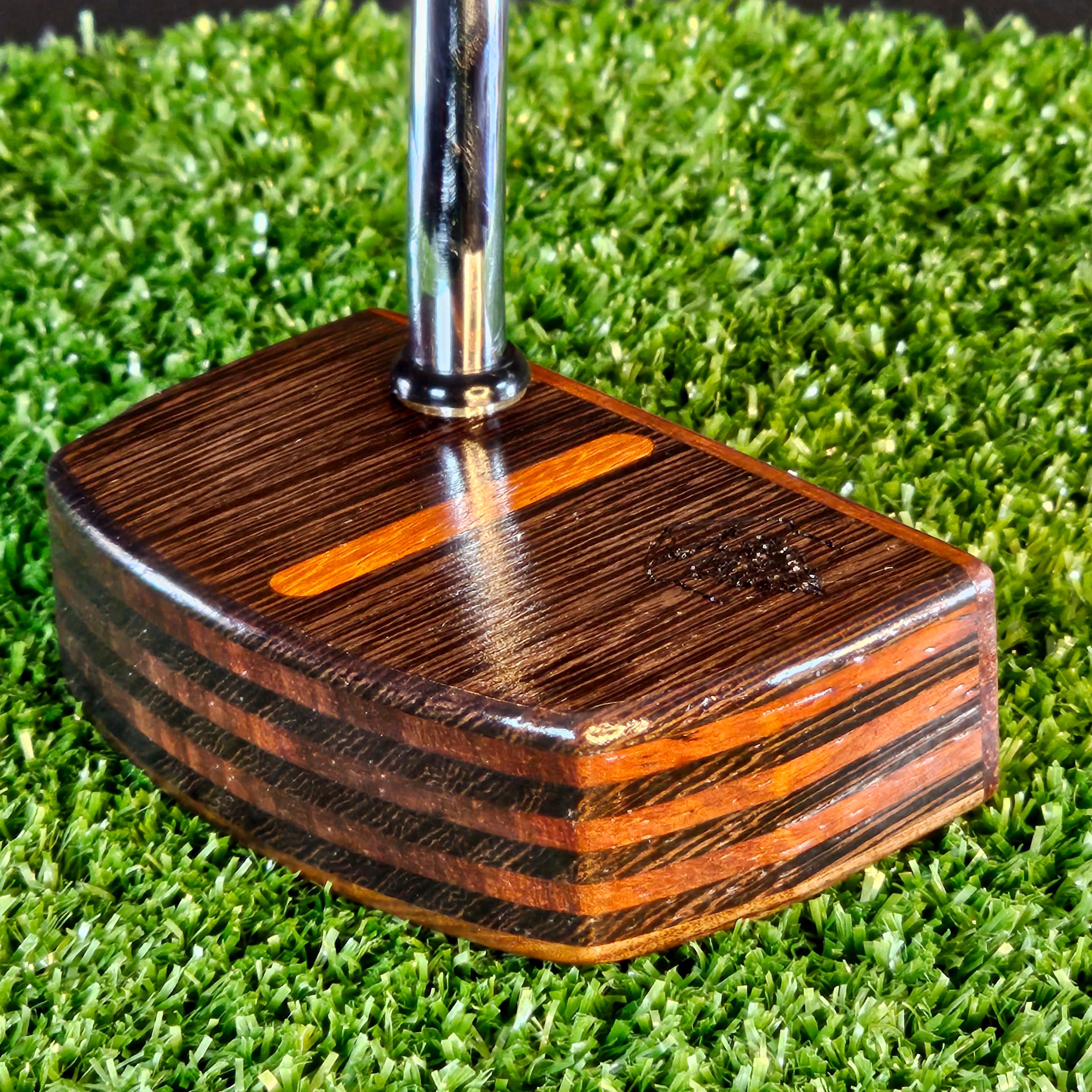Putting greens are one of the most critical areas of a golf course, designed to provide a smooth and consistent surface for players to finish each hole. The size and shape of greens vary significantly from course to course, but on average, a putting green ranges between 3,000 and 6,000 square feet. Some greens can be larger or smaller depending on the course design, with championship courses often featuring expansive greens that add to the challenge.
The golf hole itself is standardized at 4.25 inches in diameter, a measurement established by the Royal and Ancient Golf Club of St Andrews in 1891. The depth of the hole is typically at least 4 inches, allowing enough space to securely hold the cup and flagstick. The flagstick, or pin, is usually between 7 and 8 feet tall, making it easily visible from a distance to assist players in lining up their shots.
Maintaining a high-quality putting surface requires precise mowing, rolling, and watering to keep the greens smooth and at an optimal speed. Stimp readings, which measure green speed, often range from 8 to 13 feet on the Stimpmeter, with professional tournament greens being on the faster end. To navigate these challenging greens, golfers benefit from a putter that delivers consistent roll and precision, such as the finely crafted wood putters from Timber Touch Putterworks, ensuring a smooth stroke on any green condition.



Share:
Pace of Play
The History of why 18 Holes